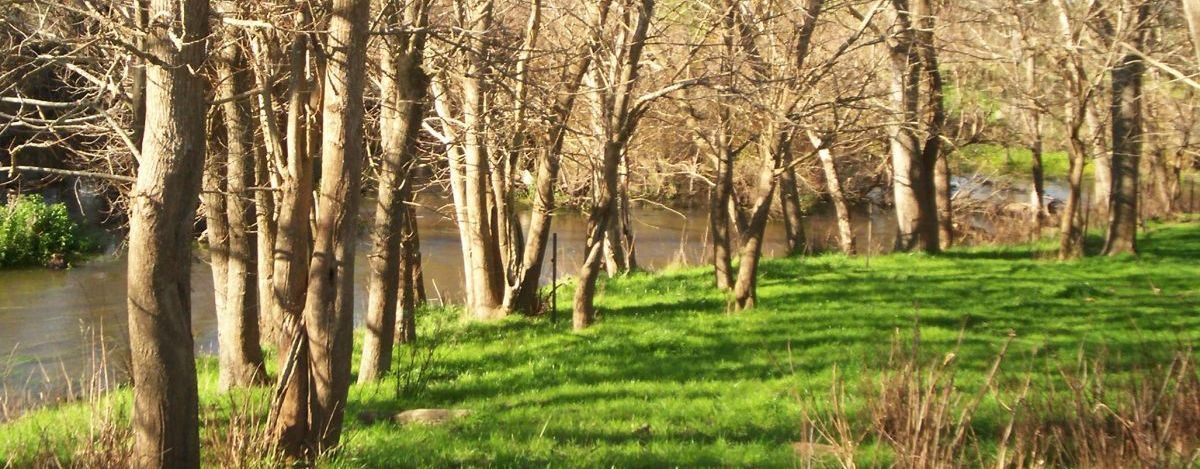This blog is the final of four blogs written for National Family History Month 2016 and describes volcanic stony barriers that are a little more than they seem.
A land of sweeping plains? Thousands of years ago my favourite place may have been part of a verdant plain. Thousands of years ago before the volcanoes were active. Then my favourite place may have looked like the freshly mown lawns and the avenues of elms that are just a short walk across the tram lines from my home.
My place may look world worn, of plants that appear to struggle to survive in the stony rises in summer and the tussocky swamps in winter.
Once my place was part of the wide open plains fed by small streams and rivers that meandered and flowed through the gentle slope of the Western Plains and on to the sea. Then the volcanoes became active. It was lava, not water, that flowed from Mt Rouse, Mt Napier and Mt Eccles to the sea.
The volcanic activity left behind a functional ecosystem if not a pretty one. Barriers of rough stone that act as shelter for new born lambs from the bitterly cold sou’westerlies rolling in directly from the Antarctic. Springs in the bottom of the Horse Paddock flow into Kangaroo Creek and thence the Shaw River providing fresh water for stock. The lava flows blocked or dammed the streams and rivers leaving behind expanses of fresh water. The Fitzroy River wetlands became home to an ibis rookery and our own four leaf clover, the elusive nardoo. The Swamp or Lake Gorrie or just the Eumeralla Swamp was created by just one barrier damming the Eumeralla River. The Cockatoo, a swamp on the Shaw River, is often underwater in the winter but excellent summer grazing. Well until a squatter practiced using dyamite, opened up the blocked river and drained a great deal of The Cockatoo swamp.
It’s not the swamps alone along the rivers and streams that make my place special. The plains that escaped the lava flows are also special. A friend once asked my father if he used a level to determine which way he ploughed a furrow. No said my father. It just depends which way the wind is blowing. Better still were my great uncle Stan’s instructions to the new ploughman. See that hill over there he said pointing to the nearest stony barrier. Just plough the drain straight into the side of the it.
That’s the secret of the barriers. When the lava cooled the gases were replaced by water. The barriers now contain large reserves of fresh water. My place may not have the lush appearance of city gardens but it has something else -a continuous supply of ground water.
Stony barriers

6 responses to “Stony barriers”
Beautifully written Patsy, I felt like I was there.
Thank you Kerryn
Not only an allegory for your research Patsy, but also a nice reading of the landscape – a dying art.
Thank you Jenny.
Such an interesting post Patsy. Thank you for your contribution to the National Family History Month blogging meme.
Thank you. I apologise with the time in replying. I have a bug in my website somewhere and I cannot find it!!